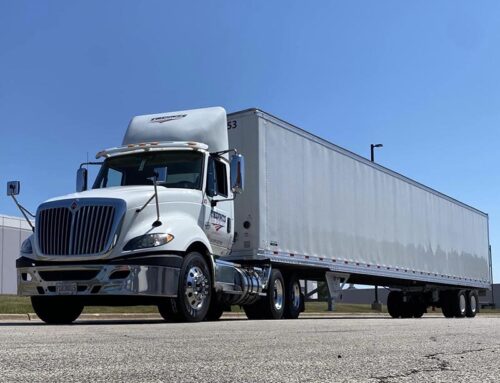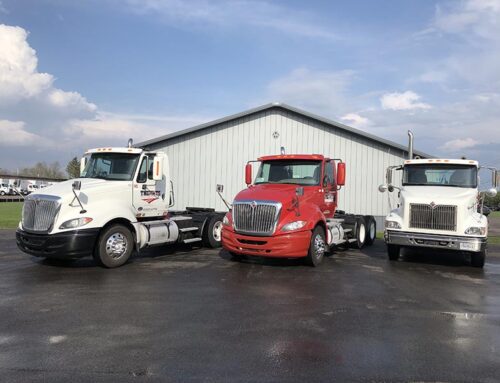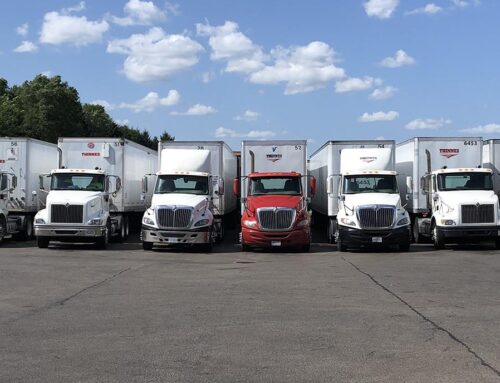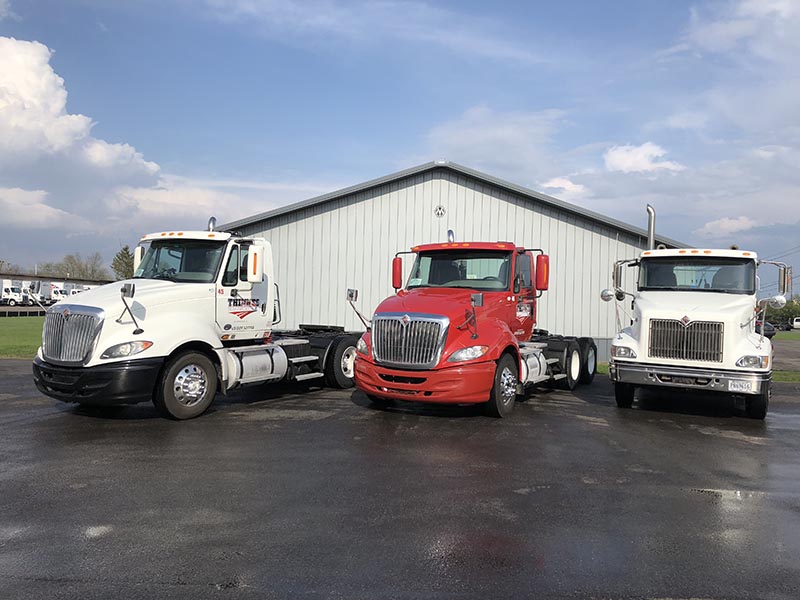LTL Freight FAQs You Should Know
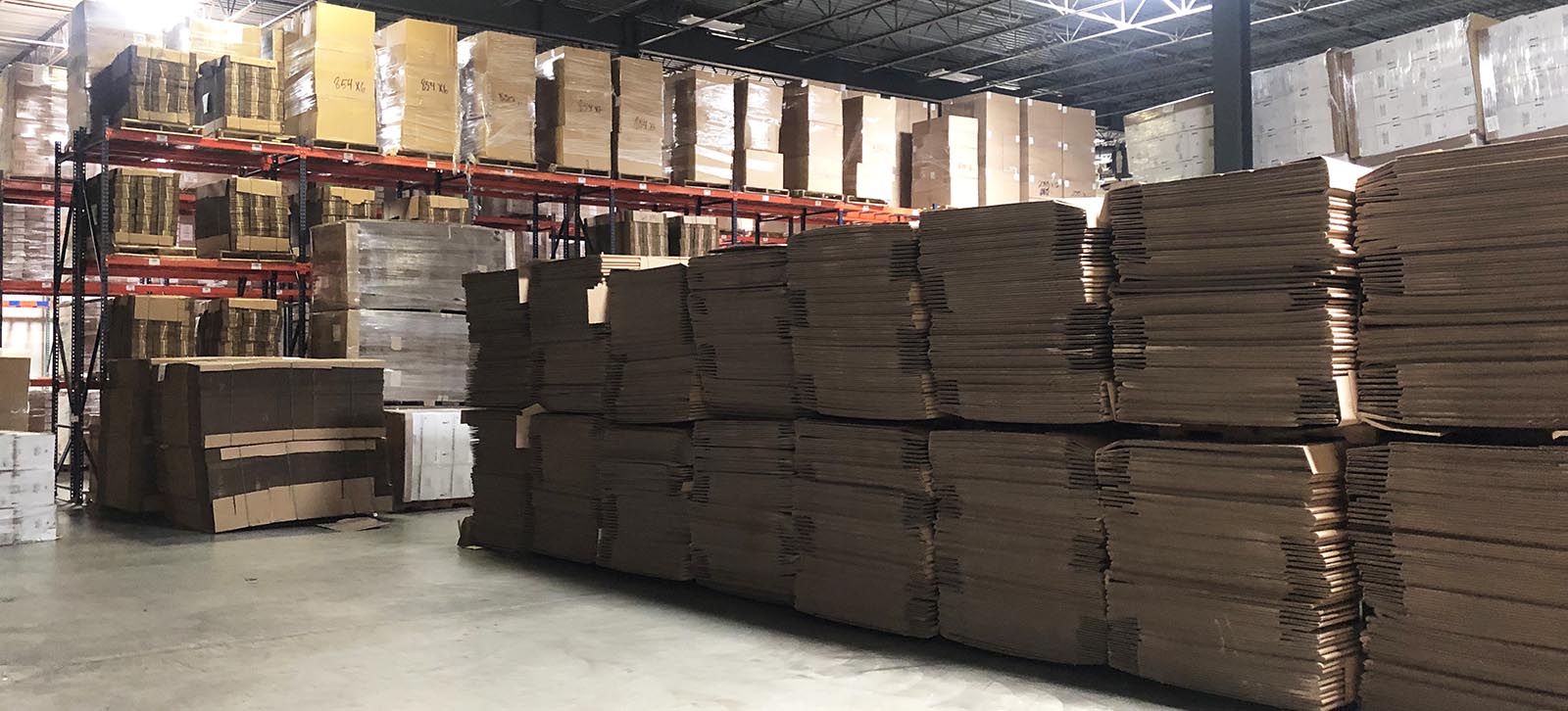
Efficiently managing LTL freight can slash your expenses and smooth out your shipping operations. LTL, short for less-than-truckload, shipping lets you pay just for the space your shipment occupies, making it a perfect match for loads that don’t fill an entire trailer. To save money, you need to determine the freight class of your shipment. This depends on factors like density and the type of item being shipped. If you’re weighing up LTL against FTL (full truckload), consider the size and regularity of your shipments. Effective packing and understanding cost factors such as distance and additional services are essential components.
Discover savvy strategies and expert advice better to handle your LTL shipments with an in-depth exploration.
Understanding LTL Freight
LTL freight, built for shipments that don’t require a full trailer’s space, provides a cost-saving option by letting you pay just for the space your cargo needs. You’re not responsible for the entire trailer’s cost, making LTL shipments a smarter choice for your business. Opting for this method puts you in charge of your shipping expenses and boosts your logistics strategy.
Understanding the classification of your LTL freight can significantly affect your costs. These classifications consider the density and type of commodity of your cargo, ensuring you get a fair price for the space your goods occupy. It’s crucial to pick an LTL freight company that offers clear pricing based on these categories.
Working with a dependable LTL freight company connects you to their extensive network of distribution centers and hubs, essential for the efficient hub and spoke model of LTL shipping. This model facilitates the swift transfer of your shipments between various locations, saving both time and resources. Concentrating on these aspects puts you in the driver’s seat, allowing you to make choices that best fit your business’s logistical requirements.
LTL Freight Class Explained
Understanding the freight class of your shipment is essential for reducing shipping expenses and making informed decisions in your business logistics. The importance of freight classification in LTL shipping significantly impacts the cost of transporting your goods. Essentially, this system groups your cargo according to criteria like density, stowability, handling, and liability.
Here’s the scoop: the denser your shipment, the higher its LTL freight class might climb, potentially bumping up transport costs. On the flip side, shipments that are a breeze to handle and carry lower liability risks could snag a lower freight class, leading to savings. With a spectrum of 18 different LTL freight classes ranging from 50 to 500, pinpointing where your shipment lands is key.
It’s not merely about number crunching; it’s about seizing control over your shipping expenses. By pinpointing your shipment’s freight class accurately, you’re not only prepping it for transport; you’re strategically steering your business towards minimizing costs and boosting efficiency. Keep in mind, meticulous handling and precise freight classification stand as your partners in navigating the intricate LTL shipping landscape.
Choosing Between LTL and FTL
When you’re deciding how to ship your goods, it’s critical to understand the differences between Less-Than-Truckload (LTL) and Full Truckload (FTL) shipping to find the most efficient and cost-effective method for your business. For small business operators, these distinctions can significantly affect your bottom line and how smoothly your operations run.
Choosing LTL shipping works best if your shipments weigh under 15,000 pounds. This option not only saves you a considerable amount of money, since you’re only paying for the space your shipment uses, but it’s also kinder to the environment. By maximizing trailer space usage and reducing the number of trucks on the road, you are contributing to the sustainability of logistics operations.
FTL becomes the preferred choice for larger shipments that need the whole trailer space. It’s the superior choice for transporting large volumes, guaranteeing that your goods move quickly without the hassle of transfers.
Deciding between LTL and FTL depends on several factors, including the size of your shipment, how often you ship, and how much you value cost savings and reducing environmental impact. Particularly for small businesses, LTL shipping often emerges as the smarter and more budget-friendly option, matching their need for both flexibility and affordability.
Calculating LTL Shipping Costs
Calculating your shipping costs requires you to consider several factors such as the freight class, weight, distance, and any extra services your shipment might need. Understanding these factors can help you better control and potentially reduce your shipping costs. Initially, the freight class, set by the National Motor Freight Classification (NMFC) system, significantly influences your costs. This classification looks at the nature, size, and weight of your goods, affecting the base rate per hundredweight (CWT) applied to your shipment.
The distance your shipment covers directly impacts the rate, with longer hauls typically leading to higher costs. Yet, it’s the combination of the freight class and the base rate per hundredweight that forms the foundational cost of your LTL shipment.
But don’t let accessorial charges catch you off guard. Services such as liftgate delivery, inside pickup, or special handling requirements aren’t included in the base rate and can substantially hike up your total shipping cost. Being aware of these potential extras lets you plan more accurately and might even allow you to negotiate better terms or find cost-saving alternatives.
Packaging Tips for LTL Shipments
To ensure your LTL shipments arrive in top condition, investing in robust packaging is key. Opt for the right pallets or crates. These aren’t just recommendations; they’re essential for securing and safeguarding your goods against the inevitable jostles and shifts within trailers.
Correctly labeling your packages is not just a formality; it is essential for smooth transportation. Clear, easily seen information ensures that your shipments are not only visible but also handled and directed correctly, reducing delays and errors.
Improving your packaging is not just about protecting items; it’s also about working efficiently. Fitting your packages in the trailer saves money and helps shipping run smoothly.
Following carrier guidelines is very important. It’s not just about following rules but also about ensuring that your shipments meet safety and quality standards. Paying attention to packaging materials and weight distribution can help your LTL shipments succeed from start to finish.
Frequently Asked Questions
How to Prepare for LTL Freight?
Preparing for LTL (Less Than Truckload) freight demands careful attention to details. You’ve got to ensure your items are packaged and placed on pallets correctly. Providing precise dimensions and weight is essential. Accurate measurements of your shipment’s dimensions and weight are non-negotiable. They play a critical role in determining your shipping costs and ensuring your freight complies with carrier regulations.
Pack your items securely to prevent damage during transport. Use strong, durable materials and secure them tightly on the pallet. Every shipment needs a clear label with all necessary information, ensuring it reaches its destination without a hitch.
Acquaint yourself with potential additional charges. For instance, if your delivery location lacks a loading dock, you might need a liftgate service, which will cost extra. Being aware of these potential fees helps you budget more effectively and avoid unexpected expenses.
What Are the Requirements for LTL?
You’re likely curious about what it takes for your shipments to qualify for LTL, right? Well, each package must tip the scales between 150 and 15,000 pounds and shouldn’t require an entire trailer for transportation. The crucial factors here are the space your freight occupies and its density. It’s all about making sure your shipment fits the bill without taking up more room than necessary.
How Do You Handle LTL Freight?
Handle your LTL freight by palletizing shipments, ensuring accurate documentation with a Bill of Lading, and packaging everything properly. Use carrier tracking for visibility; remember, it’s a shared space, so optimizing space is crucial.
What Is the Key Factor That Influences LTL Rates?
You might think it’s just about the weight, but what really matters for your LTL rates is the freight class. This classification determines your shipping costs based on the shipment’s features and density. Get this right, and you’ll start seeing savings.
Strategies for Cost-Effective and Efficient Shipping Operations
Mastering the ins and outs of LTL freight can be a game-changer for your business’s shipping operations. By understanding the freight class of your shipments, working with reliable LTL freight companies, and making informed decisions between LTL and FTL shipping, you can significantly impact your bottom line. Take control of your shipping expenses and efficiency by implementing the savvy strategies and expert advice shared here. For businesses seeking cost-effective and flexible shipping solutions, Thinnes Transport is here to support your needs. Contact Thinnes Transport today to optimize your logistics strategy and experience the benefits of efficient LTL freight services.

